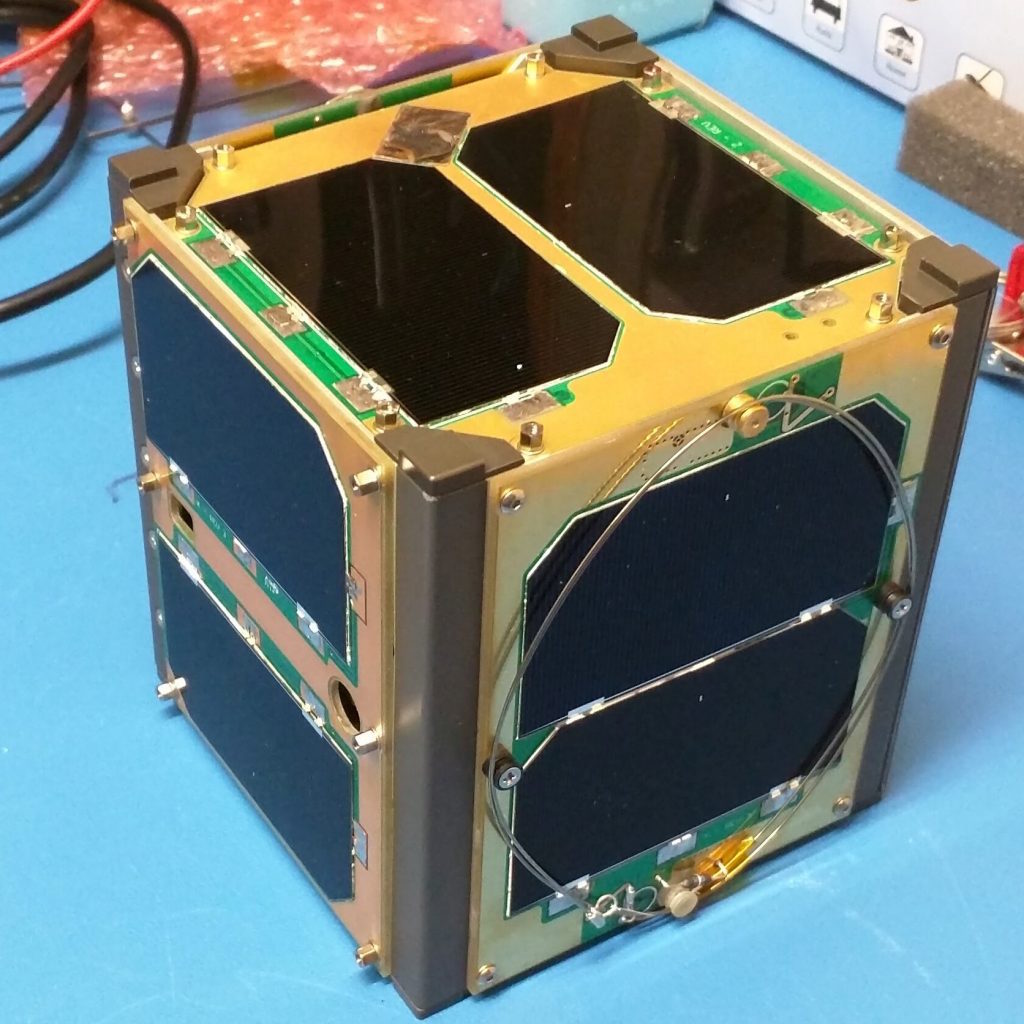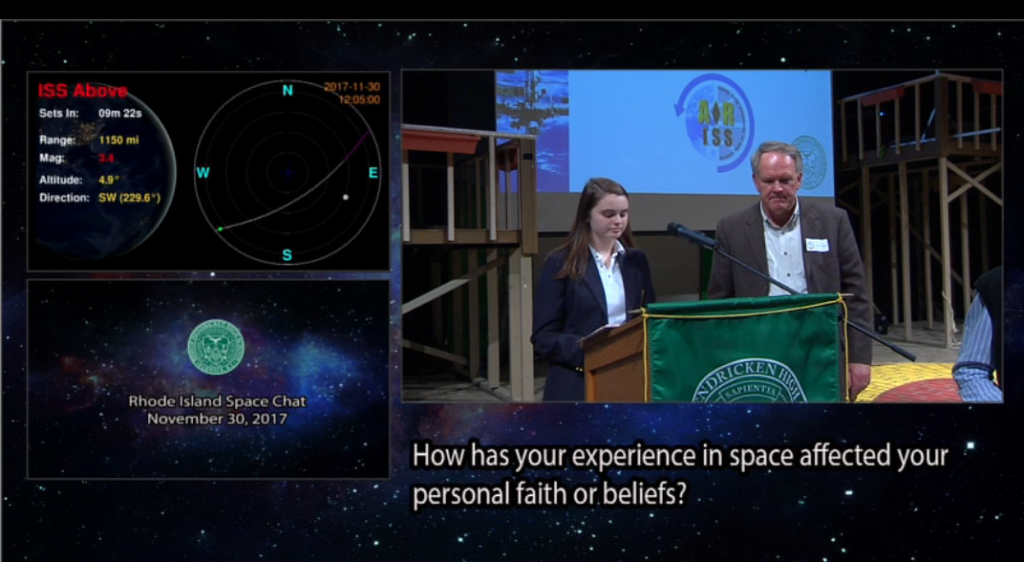AMSAT announced early Thanksgiving morning that AO-91 (RadFxSat/Fox-1B), a 1-unit CubeSat has been officially commissioned and turned over for amateur use.
The first QSOs have already happened, and this is proving to be an amazing bird, much better than Fox-1/AO-85). Folks have already made QSOs with a HT & 1/4 wave whip.
To receive AO-91, simply tune your HT to 145.960 MHz. When you are ready to step up to transmitting you will need to set up several memory channels to adjust your 70 cm transmit signal to compensate for Doppler. The transmitter must also be configured with a 67.0 Hz subaudible tone.
| AO-91 Doppler Shift Correction |
| Memory |
Your Transmit Frequency(With 67 Hz Tone) |
Your Receive Frequency |
| Acquisition of Signal (AOS) |
435.240 MHz |
145.960 MHz |
| Approaching |
435.245 MHz |
145.960 MHz |
| Time of Closest Approach (TCA) |
435.250 MHz |
145.960 MHz |
| Departing |
435.255 MHz |
145.960 MHz |
| Loss of Signal (LOS) |
435.260 MHz |
145.960 MHz |
Since AO-91 will take about 12 minutes to pass overhead, you will switch to a new TX frequency every 3 minutes or so.
Of course you will need to locate the satellite based on your position. You can use the AMSAT tool (Select AO-91 from the drop down list of satellites, enter your grid square, FN41 for RI, and press “Calculate Position”, then press “Predict” — Note ttimes are in UTC, so subtract 5 hours since we are not currently in DST). N2YO’s Graphical tool is great too, just don’t forget to set your location in the bottom right of the screen.



